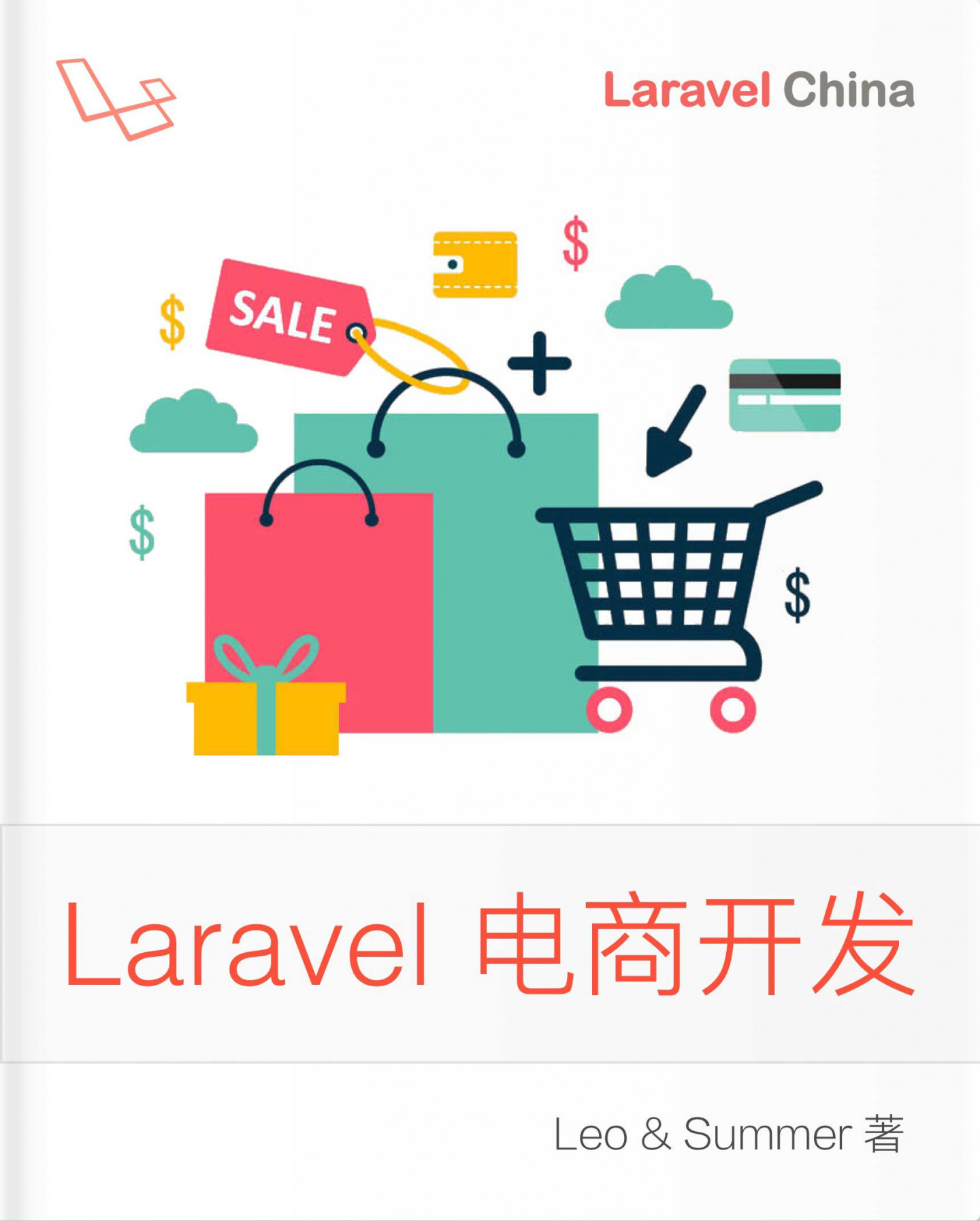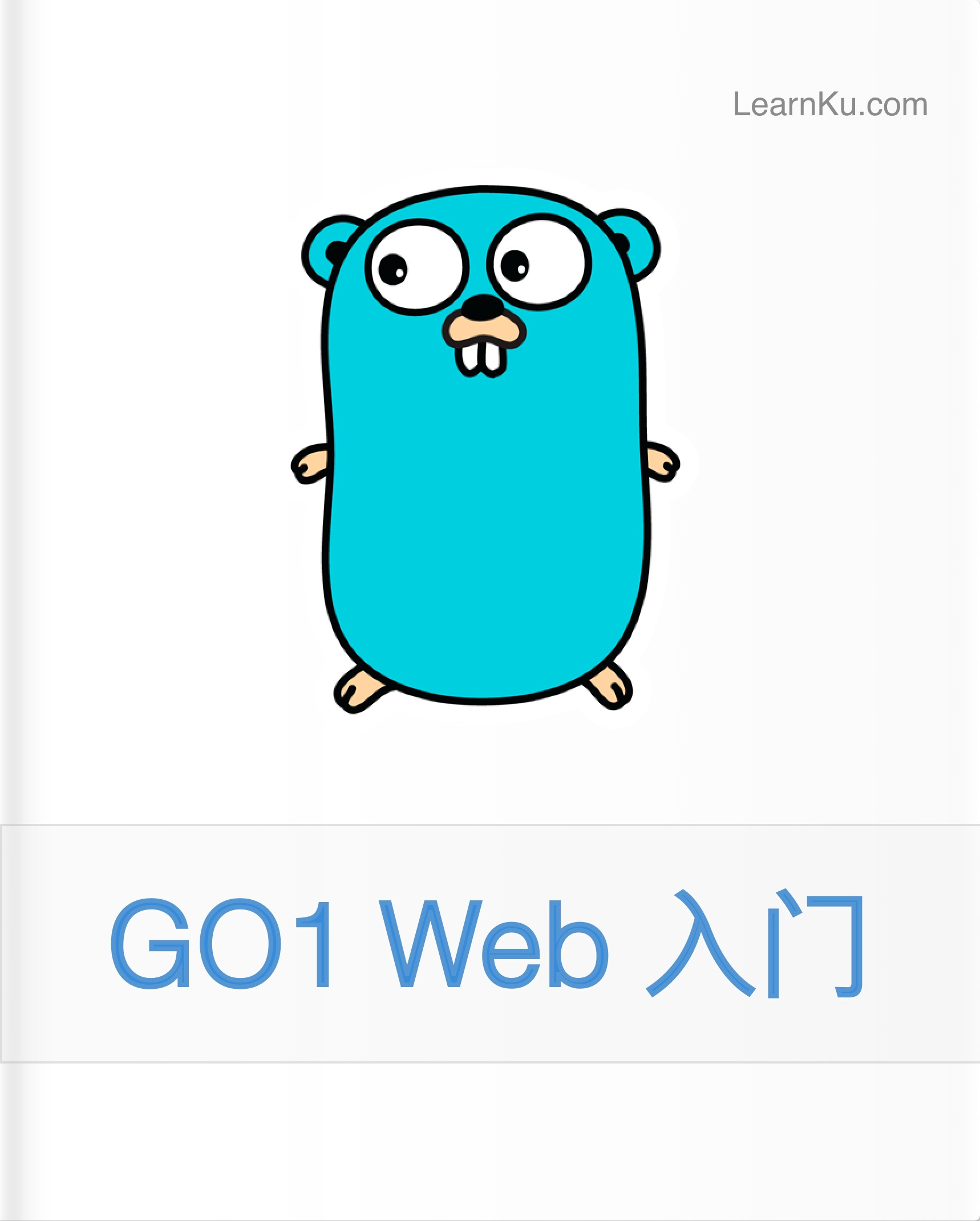Laravel 文档阅读:数据库之查询语句构造器(上篇)
简介
Laravel 的查询构造器(query builder)提供流畅的接口,帮助你构造、执行数据库查询。这里的「查询」,并不只是指select 语句,还有 update、delete 和 insert 语句等。在所有支持的数据库系统中都运行良好。
Laravel 的查询构造器使用 PDO 参数绑定保护程序免受 SQL 注入攻击,所以你传递的绑定参数无需进行清理操作了。
查询数据
获得表格里所有数据
使用 DB 门面的 table 方法开启查询。table 方法返回给定表格的查询构造器实例,允许你用链式调用的方式为查询添加约束条件,最后使用 get 方法获得结果。
<?php
namespace App\Http\Controllers;
use Illuminate\Support\Facades\DB;
use App\Http\Controllers\Controller;
class UserController extends Controller
{
/**
* Show a list of all of the application's users.
*
* @return Response
*/
public function index()
{
$users = DB::table('users')->get();
return view('user.index', ['users' => $users]);
}
}get 方法返回一个 Illuminate\Support\Collection 集合实例,集合里的每个元素都是一个 PHP StdClass 对象。你可以通过访问对象属性以获得对应字段的值:
foreach ($users as $user) {
echo $user->name;
}获得表格里的一条数据/指定列的值
使用 first 方法获得表格里的一条数据,这个方法返回一个 StdClass 对象:
$user = DB::table('users')->where('name', 'John')->first();
echo $user->name;如果只是想取出一列值的话,就用 value 方法,这个方法会直接返回指定列的值:
$email = DB::table('users')->where('name', 'John')->value('email');获得表格里的一列数据
使用 pluck 方法可获得一个列的值的集合。在下面的例子里,我们获得所有的角色名:
$titles = DB::table('roles')->pluck('title');
foreach ($titles as $title) {
echo $title;
}也可以在返回的集合里指定自定义键:
$roles = DB::table('roles')->pluck('title', 'name');
foreach ($roles as $name => $title) {
echo $title;
}分块输出数据
如果要处理成千上万条数据,考虑使用 chunk 方法。这个方法一次取出一小块数据,放到闭包里处理。这在写 Artisan 命令处理成千上万条数据非常有用。例如,从 users 表里分块、每次输出 100 条记录:
DB::table('users')->orderBy('id')->chunk(100, function ($users) {
foreach ($users as $user) {
//
}
});也可以通过在闭包里 return false 停止继续分块输出数据。
DB::table('users')->orderBy('id')->chunk(100, function ($users) {
// Process the records...
return false;
});聚合
查询构造器也提供了许多聚合方法:count、max、min、avg 和 sum。在构造好你的查询后即可使用:
$users = DB::table('users')->count();
$price = DB::table('orders')->max('price');聚合方法也可以结合查询子句使用:
$price = DB::table('orders')
->where('finalized', 1)
->avg('price');Select
有时,并不需要获得数据表所有字段的数据,而是选择性的获得指定几个字段的数据,这时可以使用 select 方法:
$users = DB::table('users')->select('name', 'email as user_email')->get();distinct 方法用于对结果去重:
$users = DB::table('users')->distinct()->get();如果当前已经有了一个查询语句构造器实例,想在此基础上添加一个 select 子句,那么就要用 addSelect 方法了:
$query = DB::table('users')->select('name');
$users = $query->addSelect('age')->get();原生表达式
有时要在一个查询语句里使用原生表达式,那么使用 DB::raw 方法就行,传递给该方法的内容会作为字符串插入到最终的查询语句里。
$users = DB::table('users')
->select(DB::raw('count(*) as user_count, status'))
->where('status', '<>', 1)
->groupBy('status')
->get();Joins
内连接
查询语句构造器也可以用来写连接语句(join statements)。「内连接」就是用 join 方法,该方法的第一个参数是要连接的表,剩下的参数就是连接约束条件了。不仅如此,你可以在一个构造语句里连接多个表格:
$users = DB::table('users')
->join('contacts', 'users.id', '=', 'contacts.user_id')
->join('orders', 'users.id', '=', 'orders.user_id')
->select('users.*', 'contacts.phone', 'orders.price')
->get();左连接
左连接使用 leftJoin 方法,它的方法签名和 join 是一样的:
$user = DB::table('users')
->leftJoin('posts', 'users.id', '=', 'posts.user_id')
->get();交叉连接
交叉连接使用 crossJoin 方法。
$users = DB::table('sizes')
->crossJoin('colours')
->get();高级连接子句
如果要使用更加高级的连接子句,就要通过 join 方法的第二个参数,它是一个闭包。闭包接收一个 JoinClause 对象,用于对 join子句添加约束条件:
DB::table('users')
->join('contatcs', function ($join) {
$join->on('users.id', '=', 'contatcs.user_id')->orOn(...);
})
->get();你还可以在 join 子句上使用「where」 约束,得用到 where 或者 orWhere 方法——限定列的取值范围:
DB::table('users')
->join('contatcs', function ($join) {
$join->on('users.id', '=', 'contatcs.user_id')
->where('contacts.user_id', '>', 5);
})
->get();Unions
合并查询使用 union 方法。例如,我们把第一个查询合并到第二个查询里:
$first = DB::table('users')
->whereNull('first_name');
$users = DB::table('users')
->whereNull('last_name')
->union($first)
->get();还有一个 unionAll 方法,它的签名和 union 是一样的。
Where 子句
在查询语句构造器实例上使用 where 方法来添加 where 子句。where 方法最基本的用法是给它传递 3 个参数。第一个参数是字段名,第二个参数是操作符(数据库支持的任何操作符),第三个参数是字段值。
例如,下面的查询查出所有「投票」数是 100 的记录:
$users = DB::table('users')->where('votes', '=', '100')->get();为了方便,当验证某个字段是否等于某个值时,可以省略中间的 =。
$users = DB::table('users')->where('votes', '100')->get();除了 = ,这里还有使用其他操作符的例子:
$users = DB::table('users')
->where('votes', '>=', 100 )
->get();
$users = DB::table('users')
->where('votes', '<>', 100)
->get();
$users = DB::table('users')
->where('name', 'like', 'T%')
->get();你也可以给 where 方法传递一个数组,指定多个限制条件:
$users = DB::table('users')->where([
['status', '=', 1],
['subscribed', '<>', 1]
])->get();Or 子句
使用 orWhere 方法添加 or 子句约束。orWhere 的方法签名和 where 是一样的:
$users = DB::table('users')
->where('votes', '>', 100)
->orWhere('name', 'John')
->get();其他子句
whereBetween
whereBetween 方法验证字段值是否在给定范围之间。
$users = DB::table('users')
->whereBetween('votes', [1, 100])
->get();whereNotBetween
whereBetween 方法验证字段值是否在给定范围之外。
$users = DB::table('users')
->whereNotBetween('votes', [1, 100])
->get();whereIn / whereNotIn
whereIn 方法验证字段值是否在给定值列表里。
$users = DB::table('users')
->whereIn('id', [1, 2, 3])
->get();whereNotIn 方法验证字段值是否不在给定值列表里。
$users = DB::table('users')
->whereNotIn('id', [1, 2, 3])
->get();whereNull / whereNotNull
whereNull 方法验证指定的字段值是否是 null。
$users = DB::table('users')
->whereNull('updated_at')
->get();whereNotNull 方法验证指定的字段值是否不是 null。
$users = DB::table('users')
->whereNotNull('updated_at')
->get();whereDate / whereMonth / whereDay / whereYear
whereDate 用来比较字段值是否满足给定的日期。
$users = DB::table('users')
->whereDate('created_at', '2016-12-31')
->get();whereMonth 用来比较字段值是否满足给定的月份。
$users = DB::table('users')
->whereMonth('created_at', '12')
->get();whereDay 用来比较字段值是否满足给定的日期。
$users = DB::table('users')
->whereDay('created_at', '31')
->get();whereYear 用来比较字段值是否满足给定的年份。
$users = DB::table('users')
->whereYear('created_at', '2016')
->get();whereColumn
whereColumn 用来比较两字段值是否相等:
$users = DB::table('users')
->whereColumn('first_name', 'last_name')
->get();也可以使用比较操作符。
$users = DB::table('users')
->whereColumn('updated_at', '>', 'created_at')
->get();whereColumn 也接受多条件判断,这些条件会使用 and 操作符连起来:
$users = DB::table('users')
->whereColumn([
['first_name', '=', 'last_name'],
['updated_at', '>', 'created_at']
])->get();分组参数
有时需要创建些高级的 where 子句,比如「where exists」或者内嵌分组参数。交给 Laravel 的查询语句构造器照样 OK。看个例子:
DB::table('users')
->where('name', '=', 'John')
->orWhere(function ($query) {
$query->where('votes', '>', 100)
->where('title', '<>', 'Admin');
})
->get();当传递 Closure 给 orWhere 方法的时候,就表示开始一个分组约束了。 Closure 接收一个查询实例用来在圆括号(())内设定限制。上面的例子会产生下面的 SQL:
select * from users where name = 'John' or (votes > 100 and title <> 'Admin')Where Exists 子句
whereExists 方法用来写 where exists SQL 子句。whereExists 方法接收一个闭包,包含一个查询语句构造器实例,用于定义「where」子句里的内容:
DB::table('users')
->whereExists(function ($query) {
$query->select(DB::raw(1))
->from('orders')
->whereRaw('orders.user_id = users.id');
})
->get();上面的查询产生下面的 SQL:
select * from users
where exists (
select 1 from orders where orders.user_id = users.id
)JSON Where 子句
Laravel 也支持数据库 JSON 字段类型的查询,前提是数据库支持 JSON 字段类型。现在 MySQL 5.7 和 Postgres 都支持。查询 JSON 字段,使用 -> 操作符:
$users = DB::table('users')
->where('options->language', 'en')
->get();
$users = DB::table('users')
->where('preferences->dining->meal', 'salad')
->get();本作品采用《CC 协议》,转载必须注明作者和本文链接





 关于 LearnKu
关于 LearnKu




推荐文章: